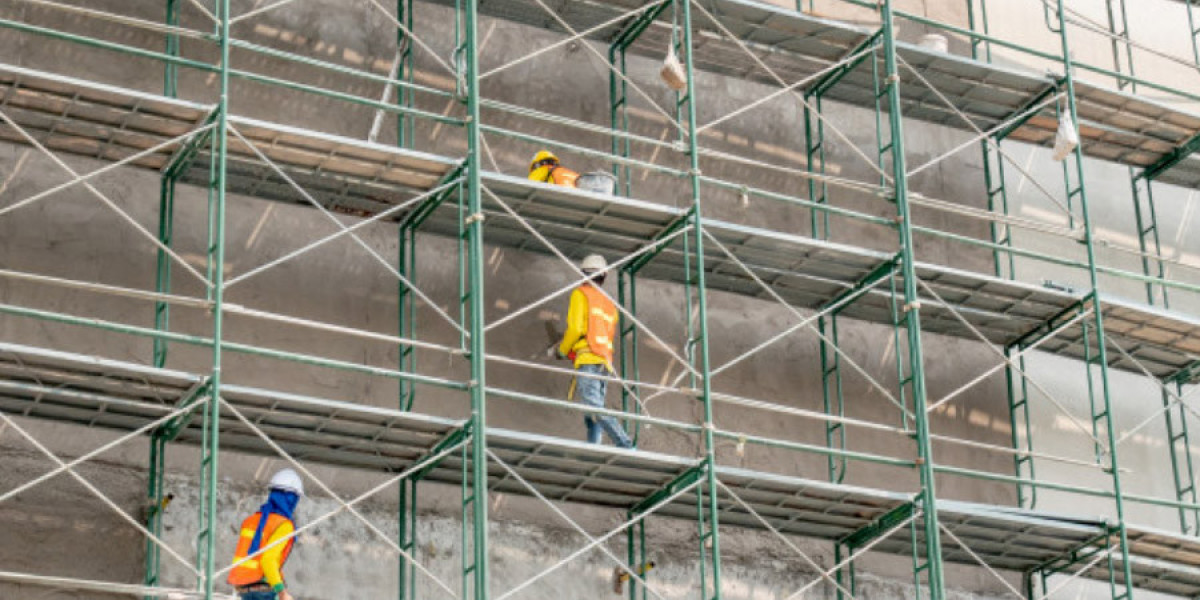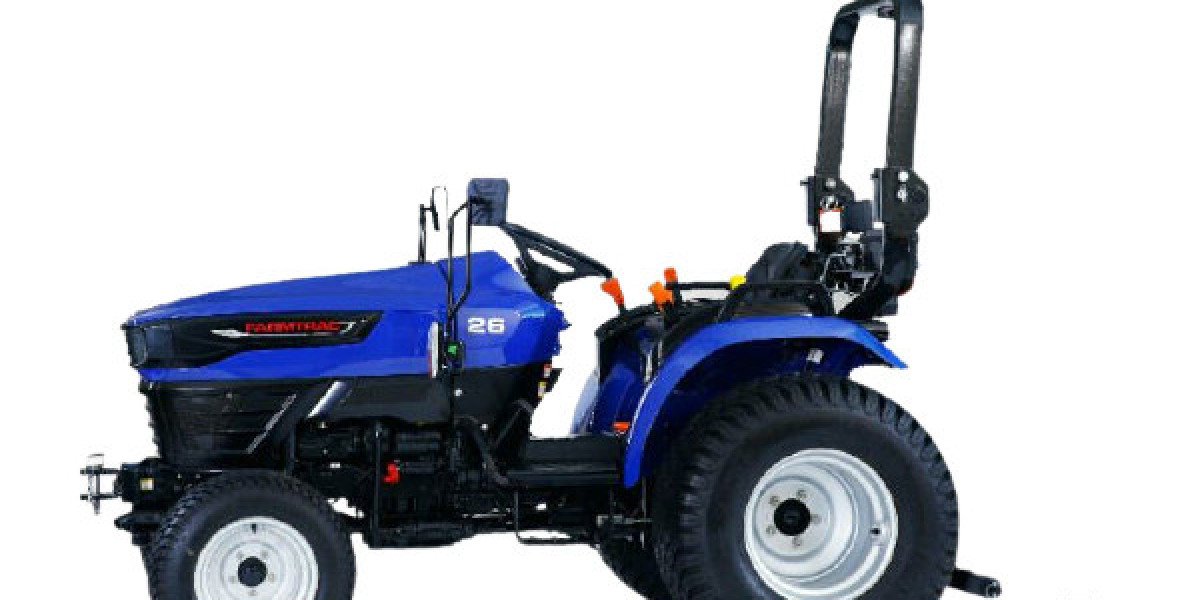When it comes to selecting the right scaffolding material, durability and performance are paramount. In recent years, fiberglass scaffolding has gained popularity for its exceptional strength, longevity, and safety features. In this comprehensive guide, we will explore the key points of fiberglass scaffolding, focusing on its durability and performance.
What is Fiberglass Scaffolding?
Fiberglass scaffolding is constructed from reinforced plastic fibers combined with polymer resin. This combination creates a lightweight, yet incredibly strong material that is resistant to corrosion, rust, and rot. Fiberglass scaffolding is an excellent alternative to traditional scaffold materials like steel or aluminum, offering numerous advantages.
Durability:
Fiberglass scaffolding is known for its exceptional durability. Unlike steel or aluminum, fiberglass is not prone to corrosion, rust, or rot, making it ideal for use in harsh environments or areas with high humidity. This resistance to environmental factors ensures that fiberglass scaffolding retains its structural integrity and does not weaken over time. It also eliminates the risk of damage caused by exposure to moisture or chemicals commonly found on construction sites.
Strength and Load Capacity:
Despite its lightweight nature, fiberglass scaffolding boasts remarkable strength. It has a high load capacity, allowing it to support heavy equipment, materials, and workers. This makes it suitable for a wide range of construction applications, from small-scale projects to large-scale industrial sites. The high strength of fiberglass scaffolding also means that fewer structural components are required in comparison to traditional materials, leading to cost savings and easier assembly.
Safety Features:
Fiberglass scaffolding is designed with safety in mind. Its non-conductive properties eliminate the risk of electrical shocks, providing added protection for workers. This makes it especially suitable for electrical work environments where safety is paramount. Moreover, the anti-slip surface of fiberglass scaffolding ensures firm footing for workers, reducing the risk of accidents caused by slipping or tripping. The material's non-sparking nature also makes it suitable for environments where flammable materials are present, offering an additional layer of safety.
Lightweight and Easy to Handle:
One of the significant advantages of fiberglass scaffolding is its lightweight nature. Compared to traditional materials like steel or aluminum, fiberglass scaffolding is easier to transport, assemble, and dismantle. Its lightweight construction not only reduces strain on workers but also minimizes the risk of injuries associated with heavy lifting. Furthermore, the lightweight nature of fiberglass scaffolding allows for more efficient and rapid construction progress, saving time and money on construction projects.
Weather Resistance:
Fiberglass scaffolding demonstrates excellent weather resistance. It can withstand extreme temperatures, high winds, and exposure to the sun without warping, cracking, or deteriorating. This resilience makes it a reliable choice for construction projects in various climates and environments, whether in hot desert regions or coastal areas with high humidity and saltwater exposure. Fiberglass scaffolding's ability to withstand prolonged exposure to the elements ensures its longevity and reduces the need for frequent replacements or repairs, making it a cost-effective solution.
Low Maintenance:
Maintaining fiberglass scaffolding is relatively simple compared to alternatives. The material does not require frequent painting, sanding, or lubrication, saving time and maintenance costs. Routine inspections and cleaning are generally sufficient to keep fiberglass scaffolding in optimal condition. This low-maintenance characteristic allows construction professionals to focus their time and resources on the project itself, rather than ongoing scaffolding maintenance.
Versatility:
Fiberglass scaffolding offers versatility in its applications. It can be used for a wide range of construction projects, from residential buildings to commercial structures and industrial complexes. Its adaptability and customizable options make it suitable for various heights, configurations, and project requirements. Fiberglass scaffolding can be easily tailored and modified to fit specific needs, ensuring optimal functionality on site.
Longevity and Cost Savings:
The durability and resilience of fiberglass scaffolding contribute to its longevity. Unlike steel or aluminum, fiberglass does not corrode or rust, providing a longer lifespan for the scaffolding structure. This longevity reduces the need for frequent replacements, resulting in significant cost savings over time. Additionally, the lightweight nature of fiberglass scaffolding allows for easier transportation and installation, further reducing labor costs. The combination of durability, low maintenance, and cost-effectiveness makes fiberglass scaffolding a wise investment for construction companies.
Environmental Benefits:
Fiberglass scaffolding is an environmentally friendly choice compared to other scaffold materials. The production process of fiberglass involves fewer energy resources and emits fewer greenhouse gases compared to traditional materials such as steel or aluminum. Additionally, fiberglass scaffolding can be recycled at the end of its life cycle, further reducing its environmental impact. Opting for fiberglass scaffolding aligns with sustainability goals and eco-conscious construction practices.
Conclusion:
Fiberglass scaffolding offers exceptional durability and performance, making it a preferred choice in the construction industry. Its resistance to corrosion, lightweight nature, and ease of handling contribute to its popularity. Fiberglass scaffolding ensures worker safety, provides load-bearing capacity, and withstands harsh weather conditions. Its low maintenance requirements and environmental benefits position it as a cost-effective and sustainable solution. If you're looking for a reliable fiberglass scaffolding supplier, consider reaching out to Scaffolds Online. They offer a wide range of high-quality fiberglass scaffolding options suitable for various construction needs. Invest in fiberglass scaffolding for your next project and experience its durability and performance firsthand.








